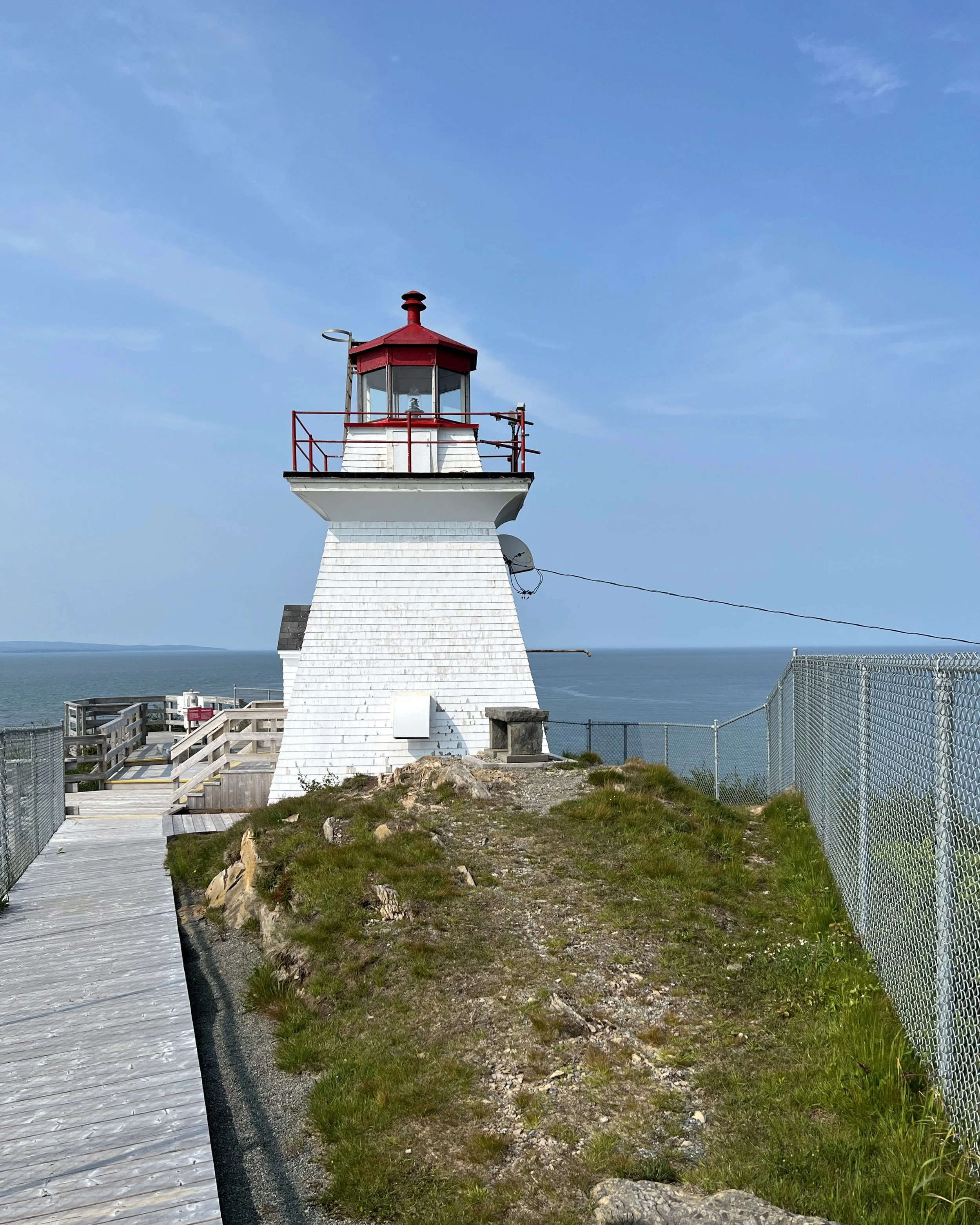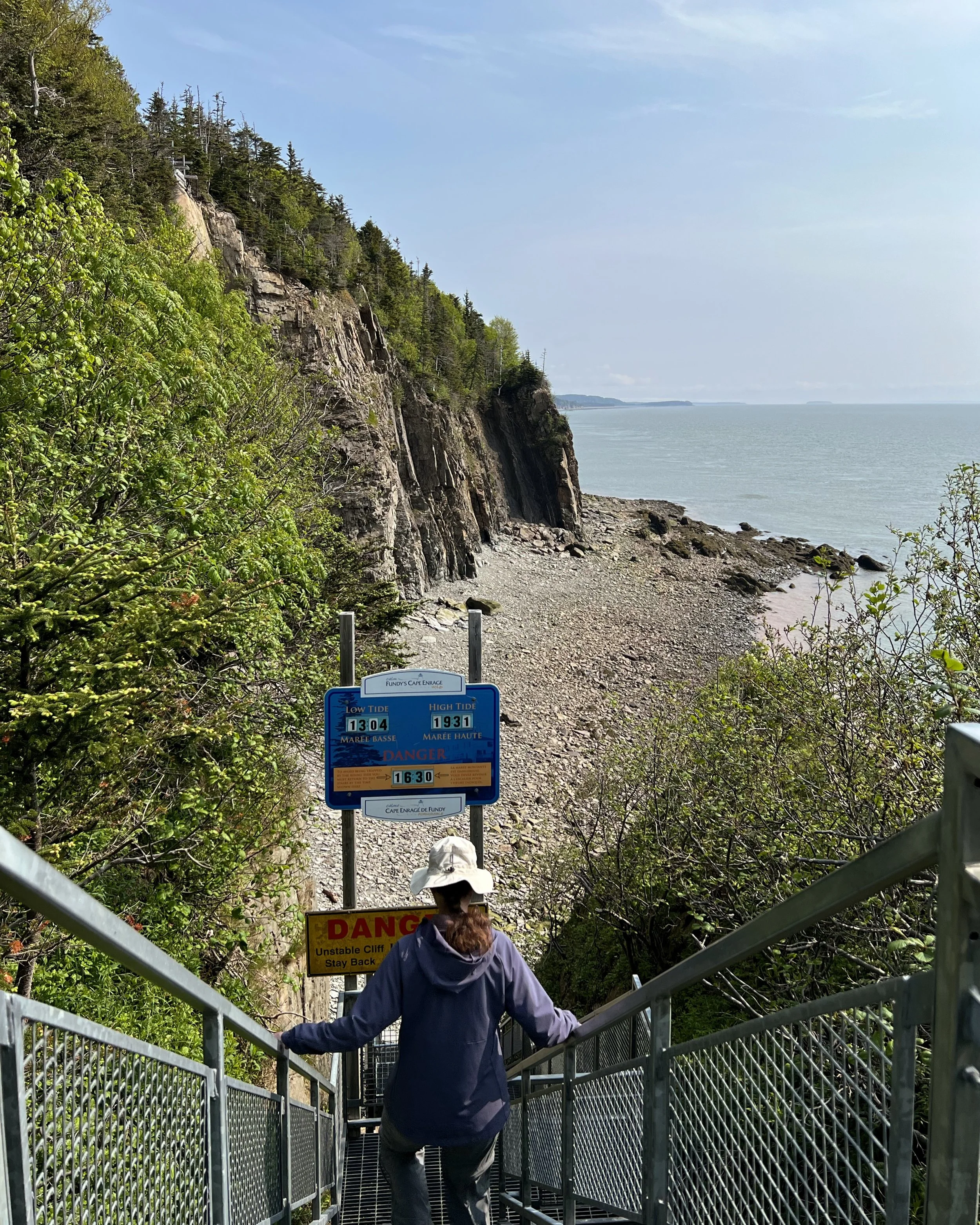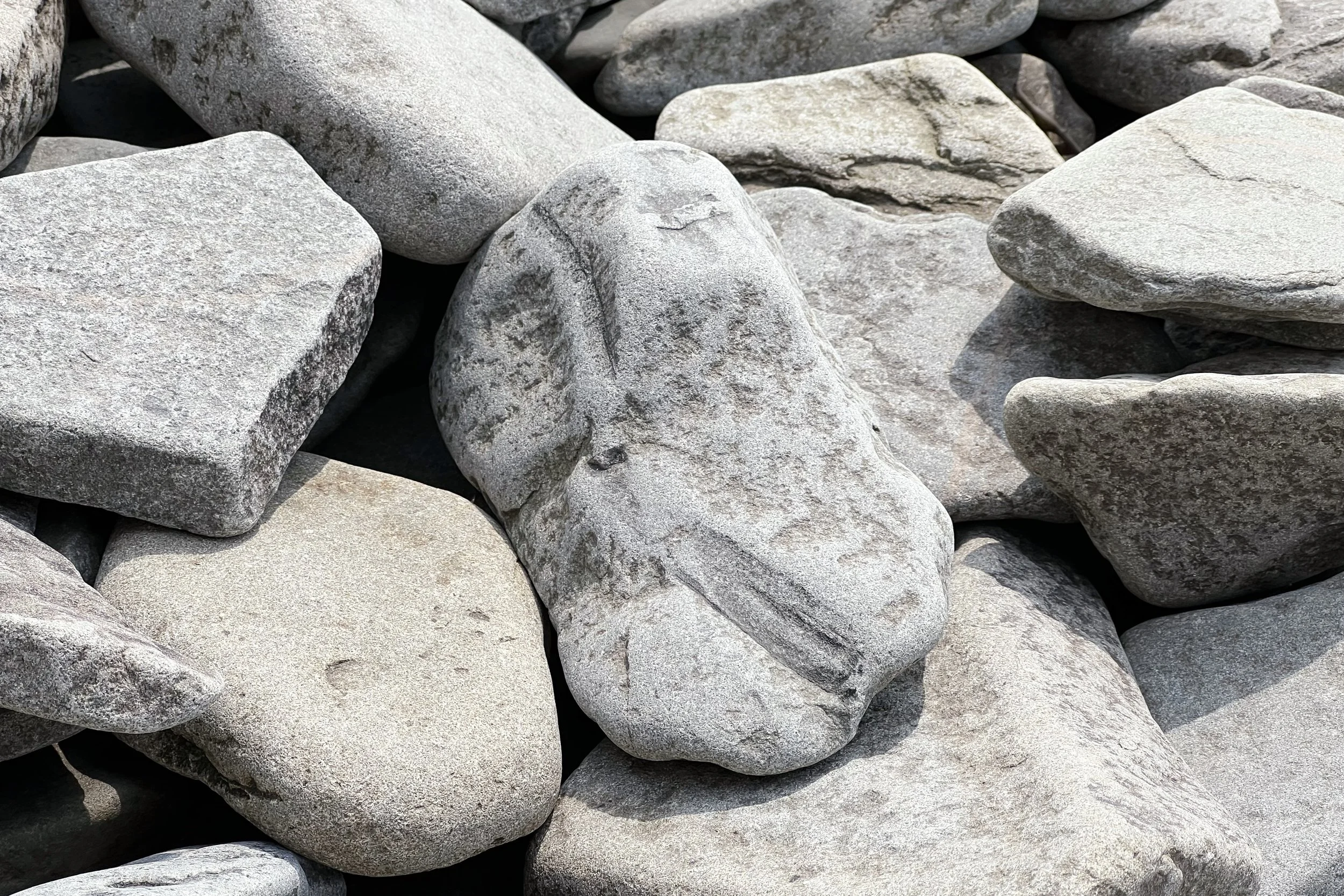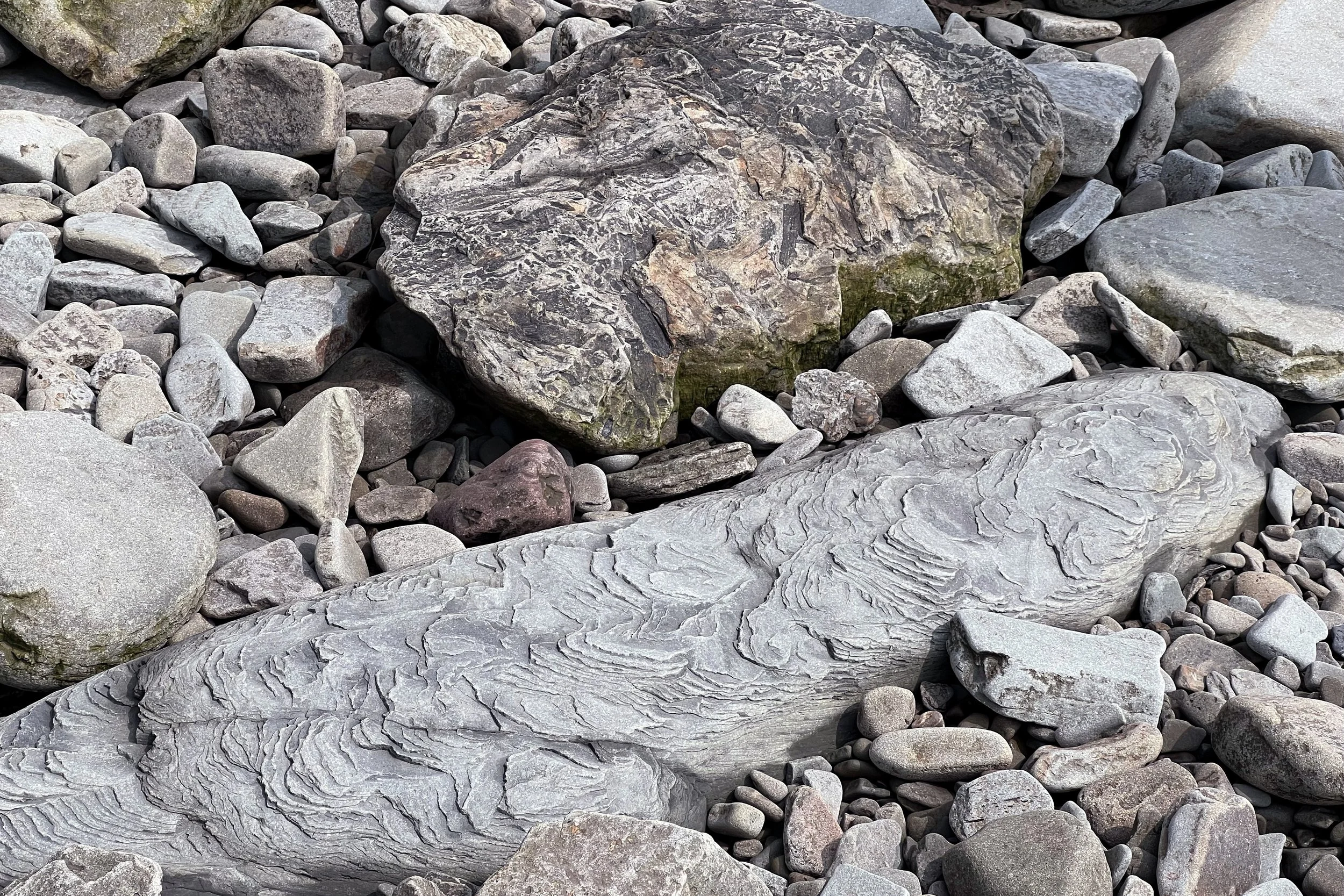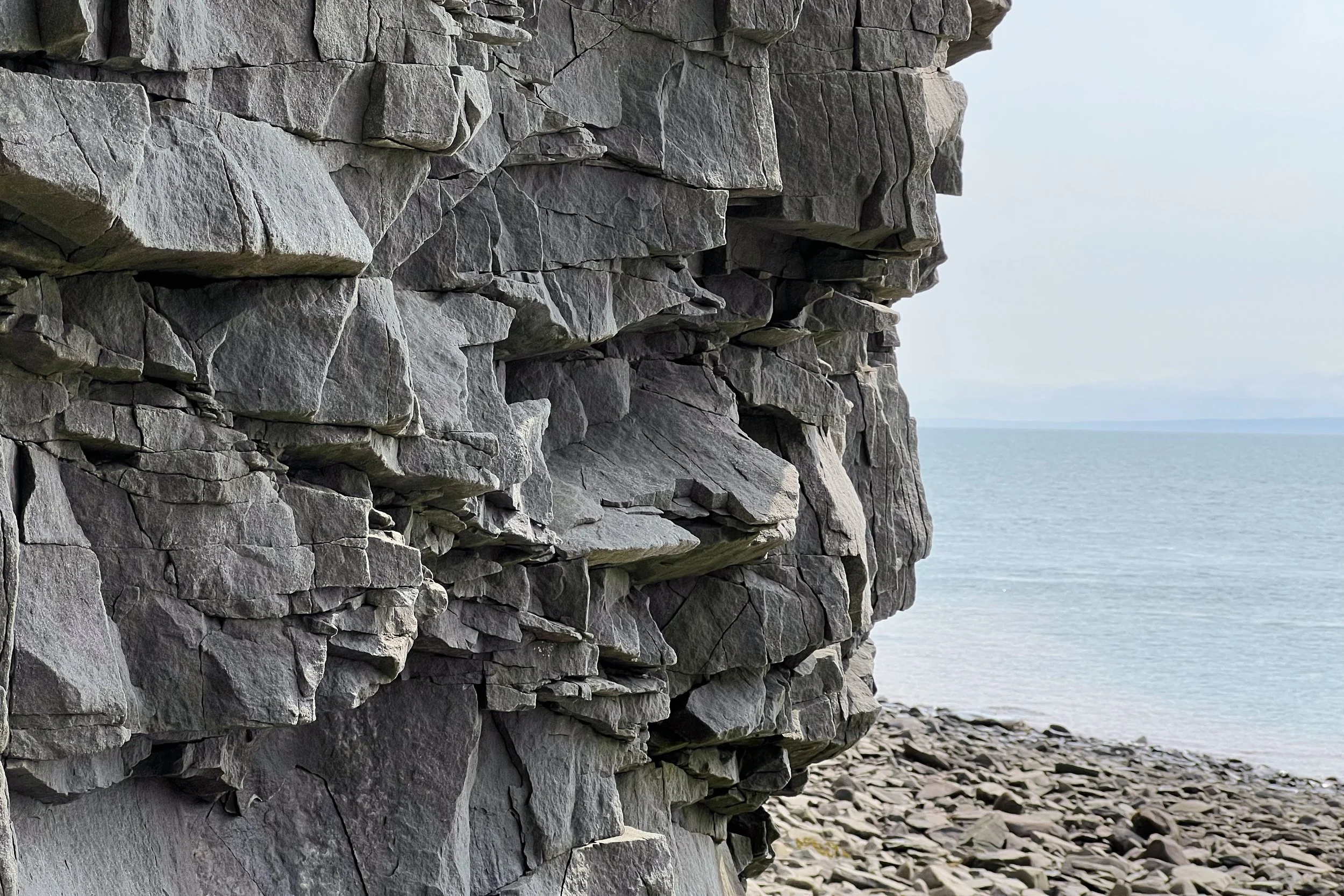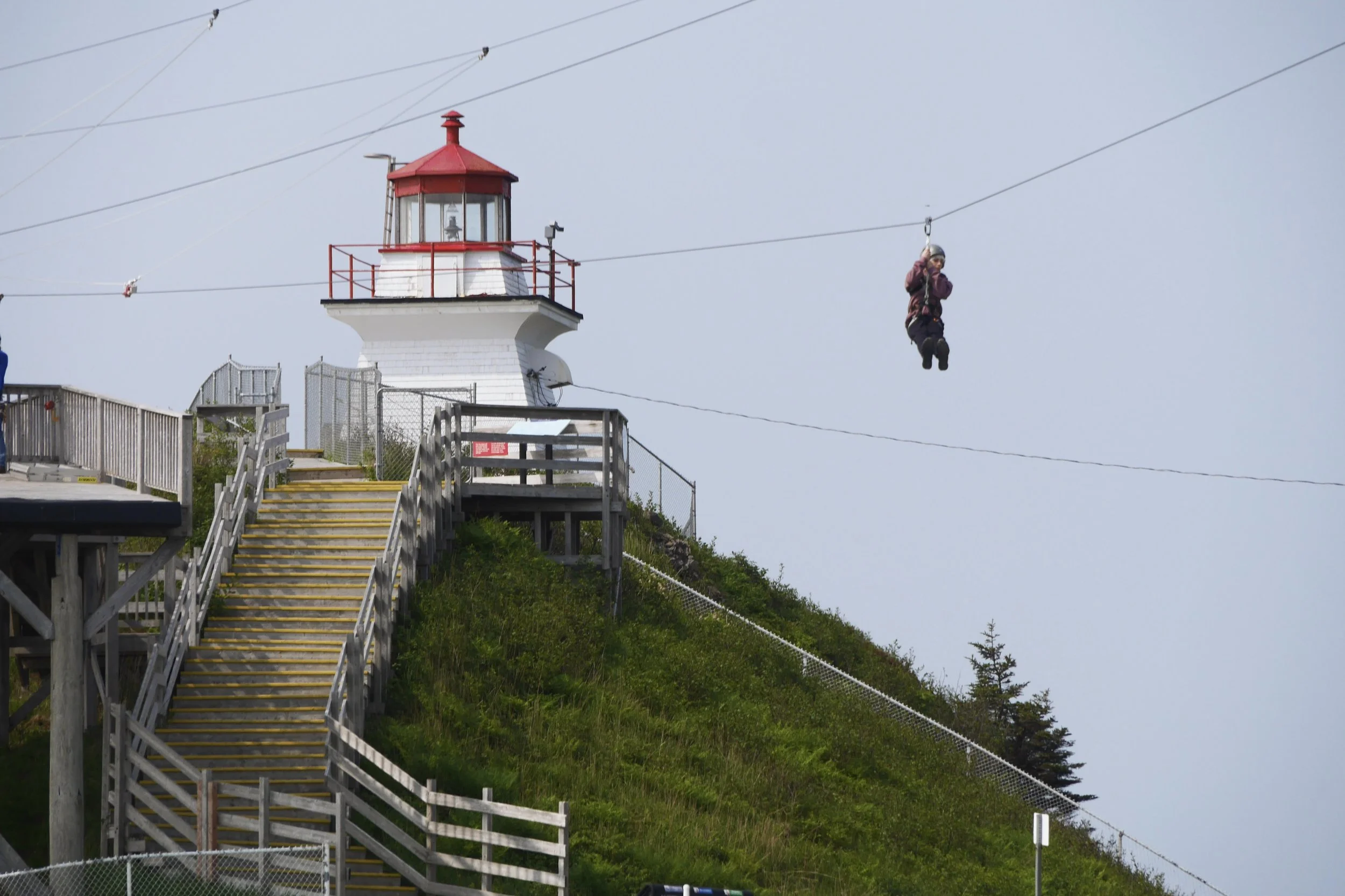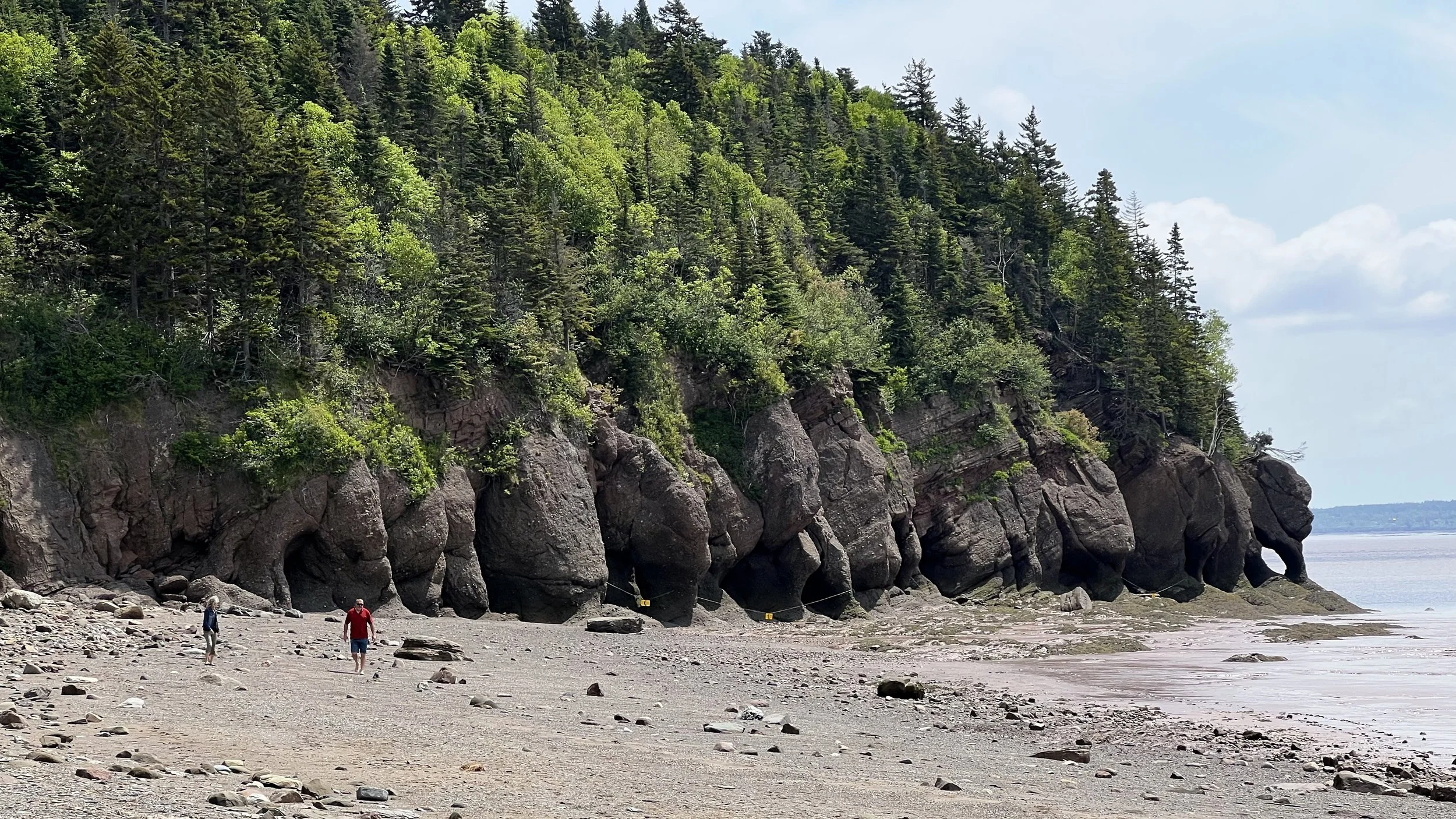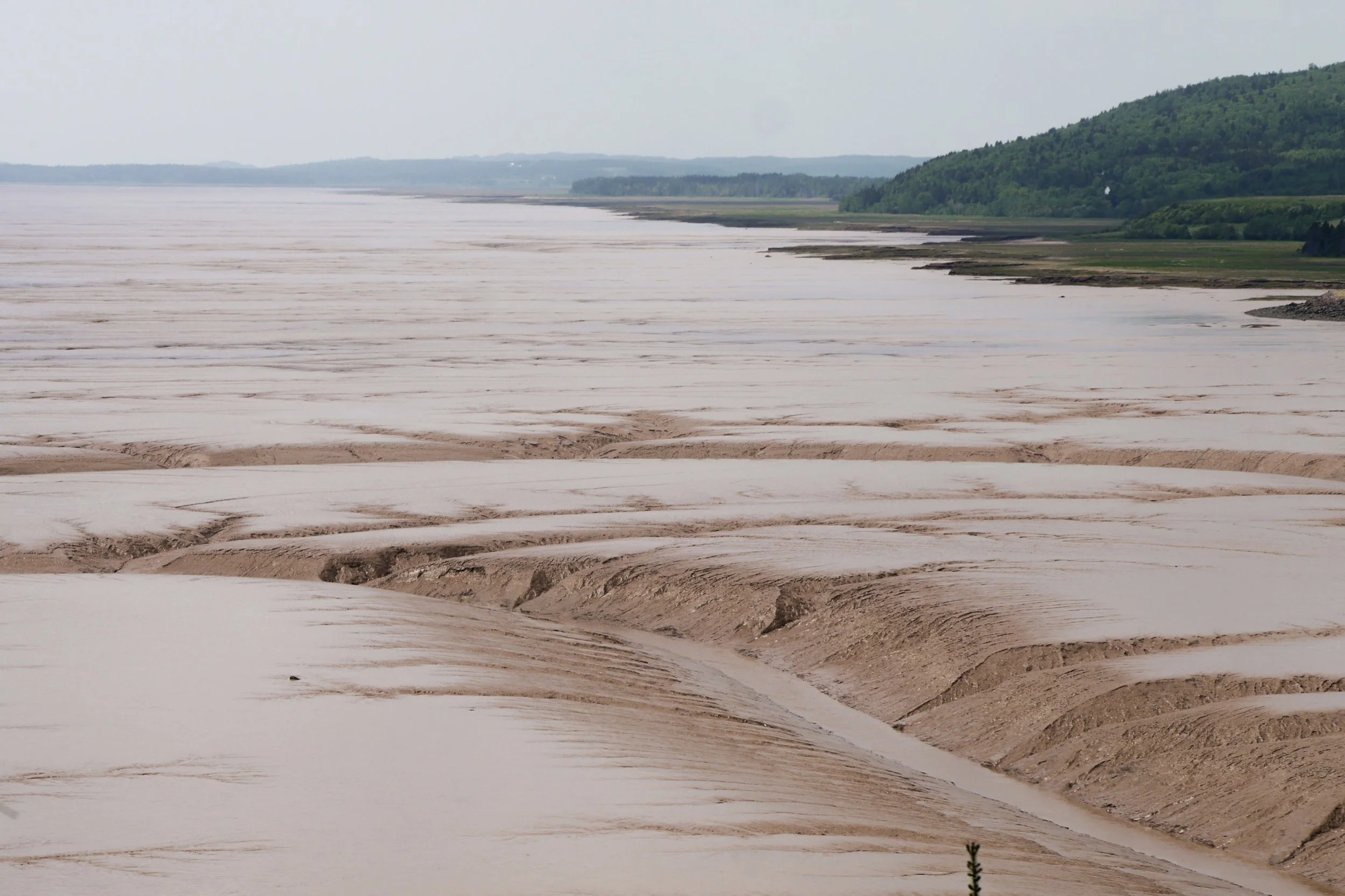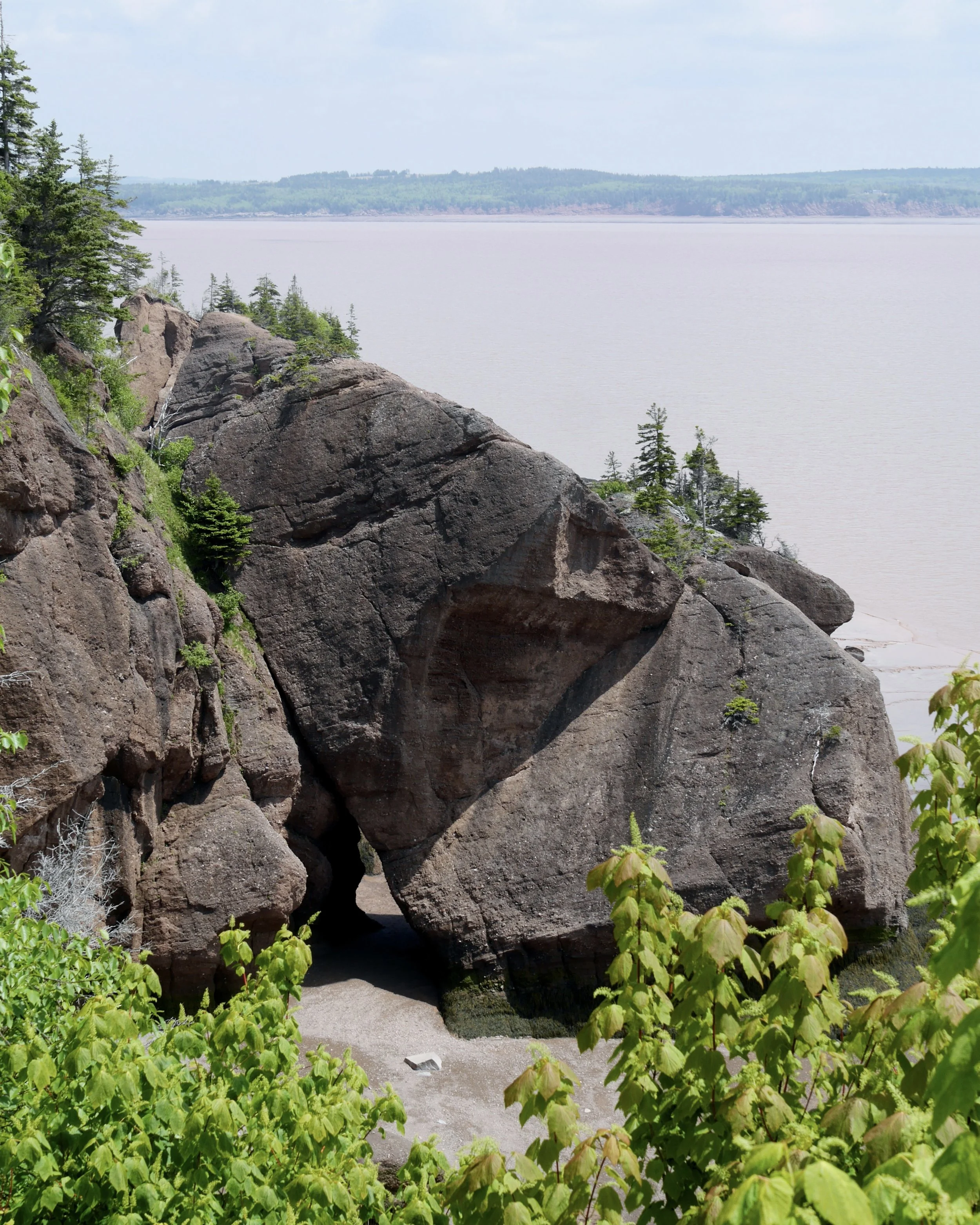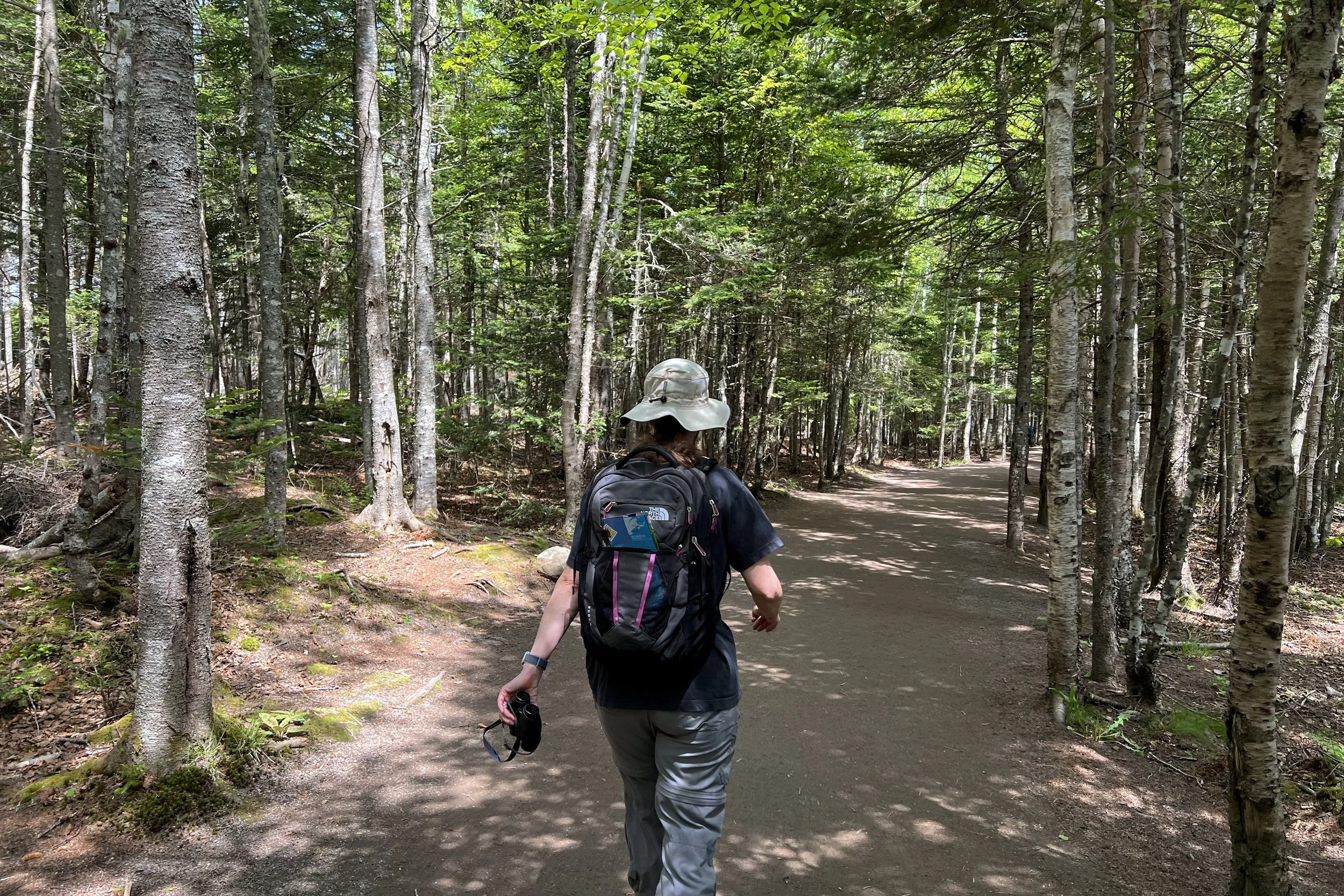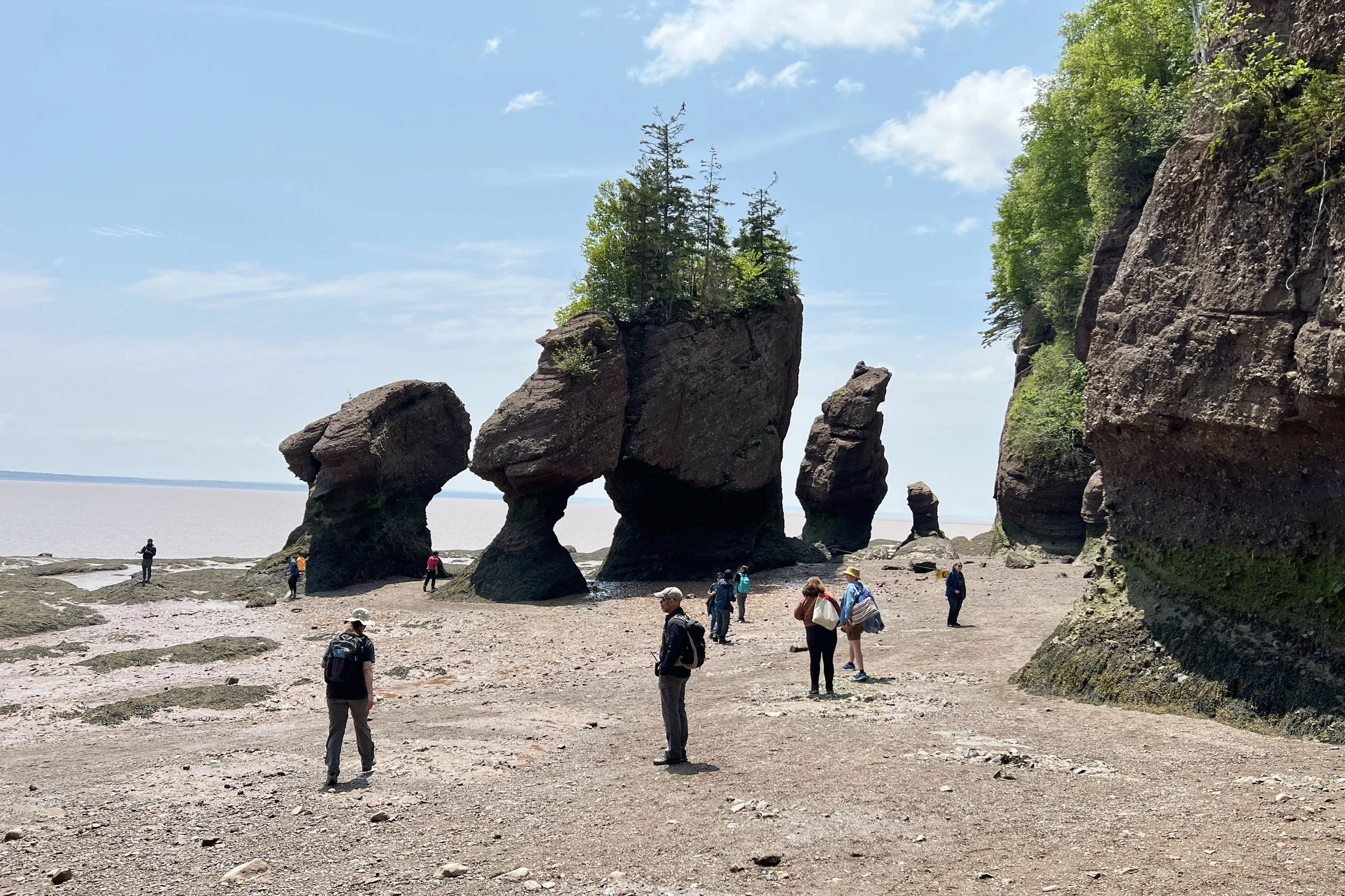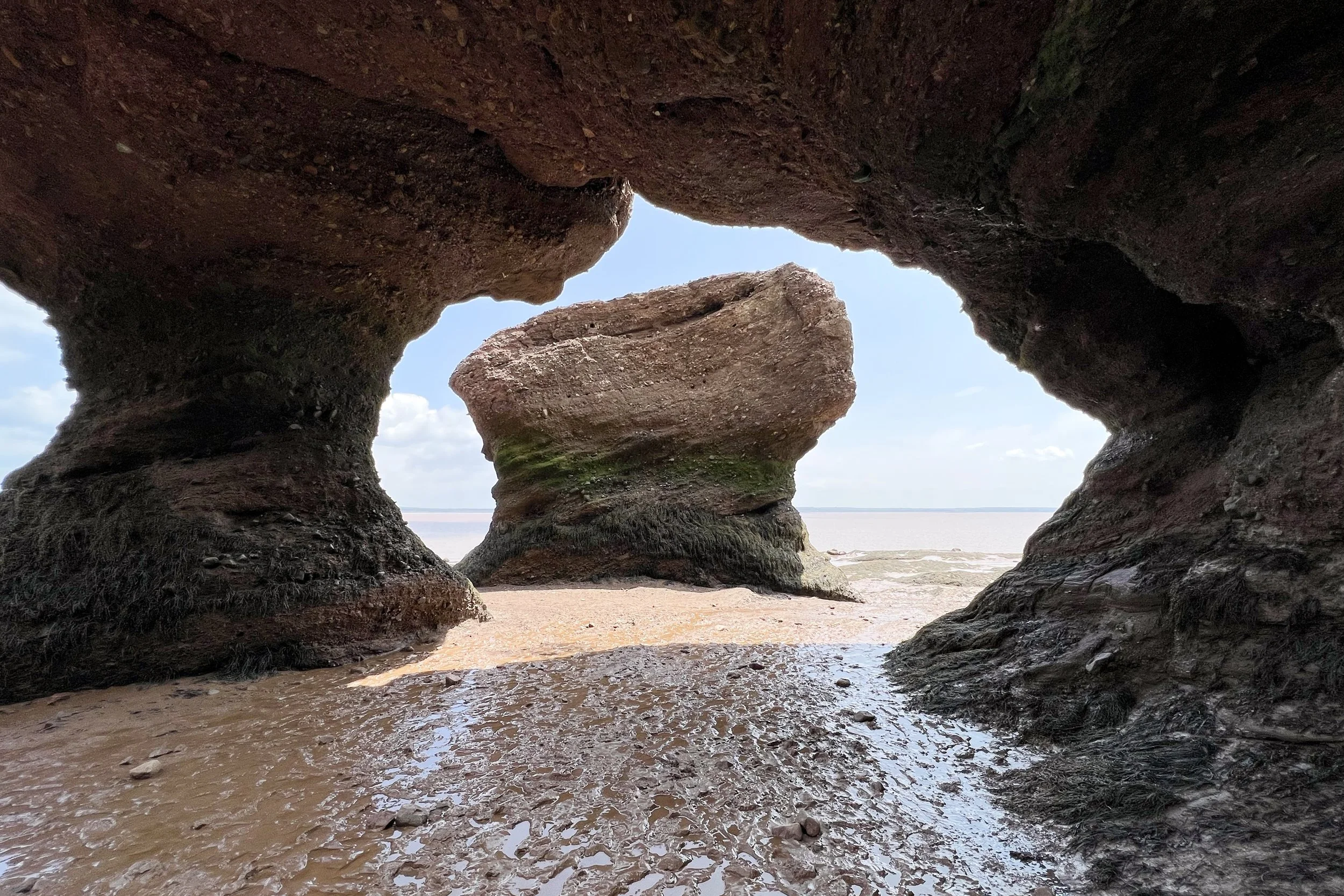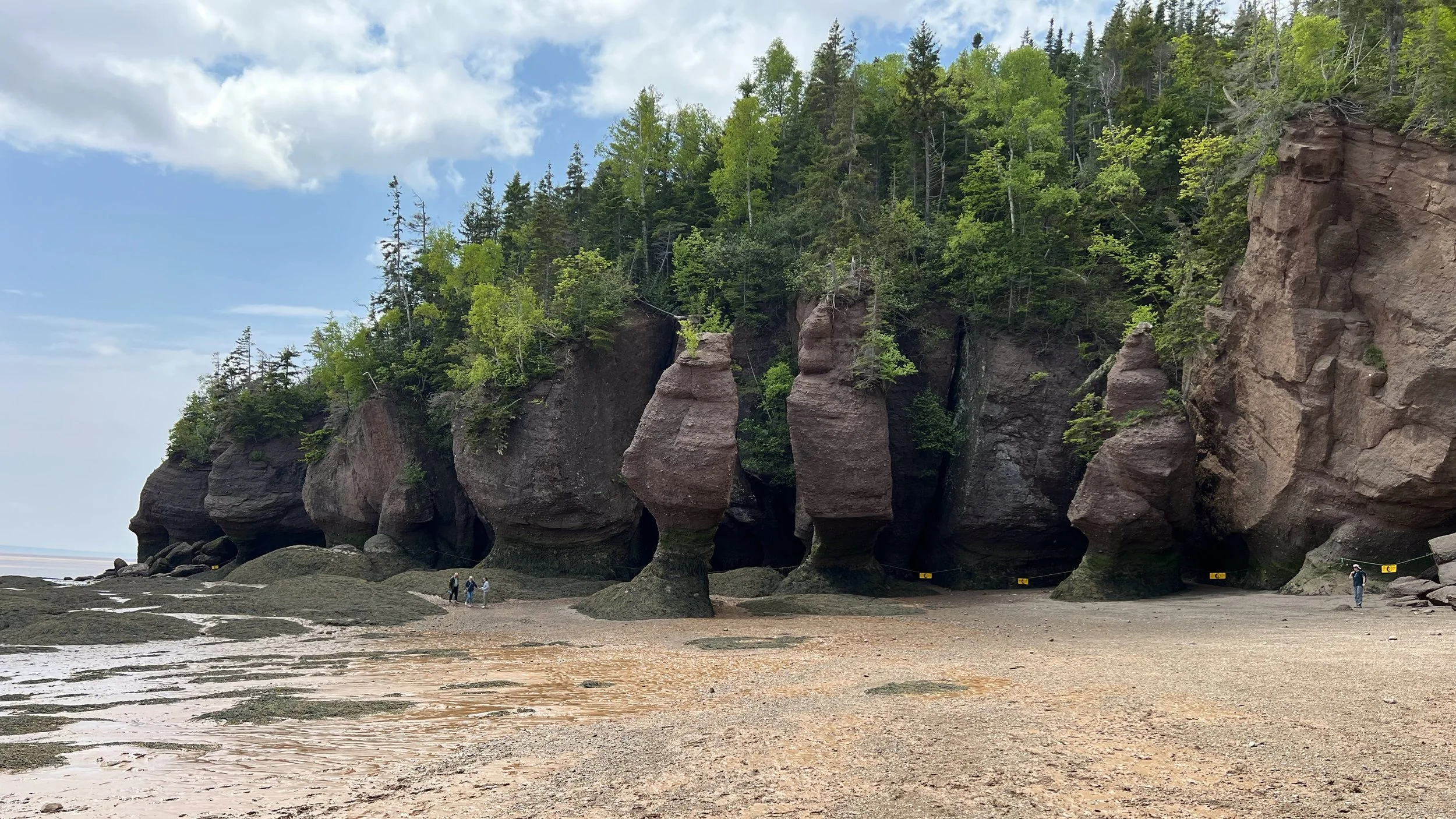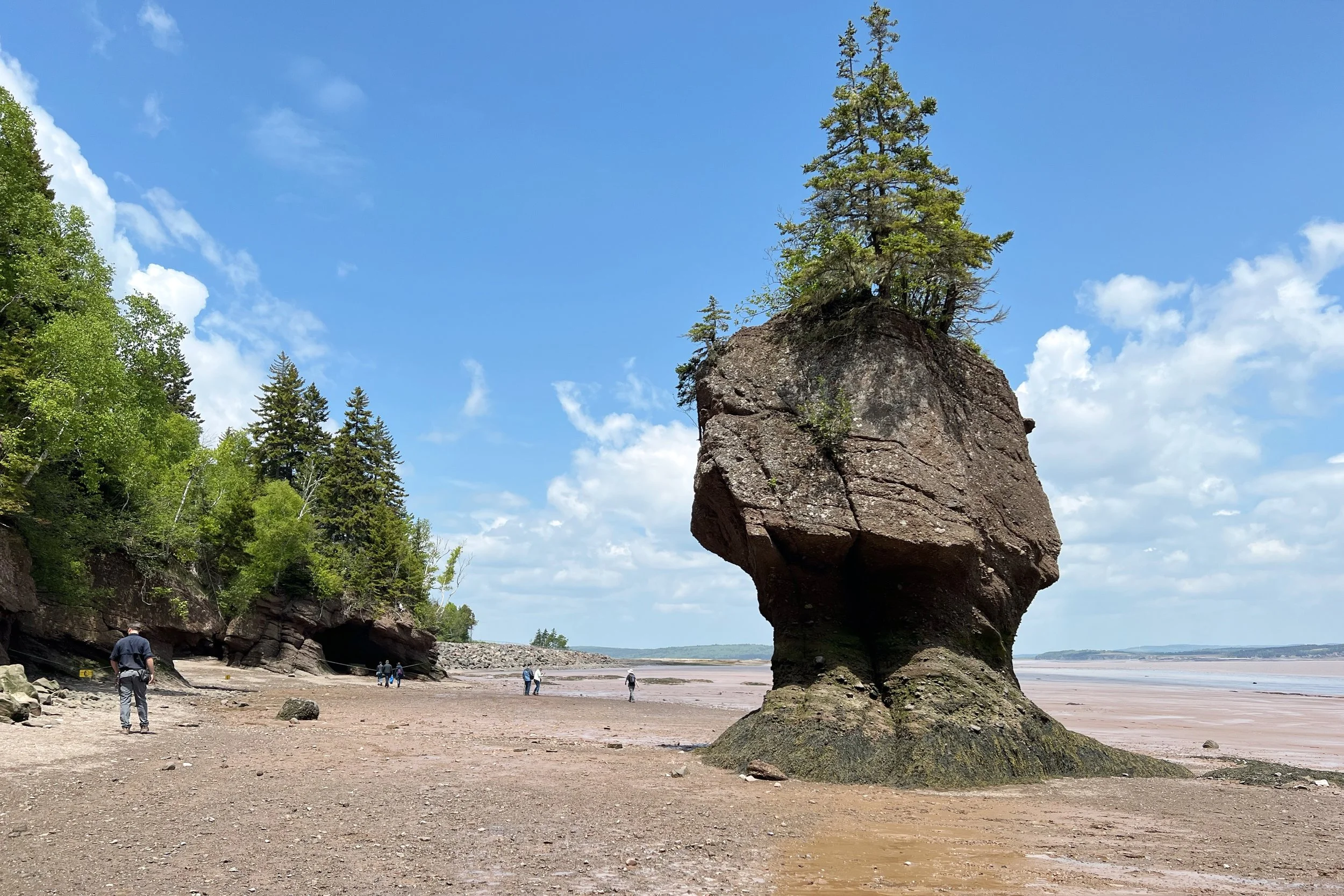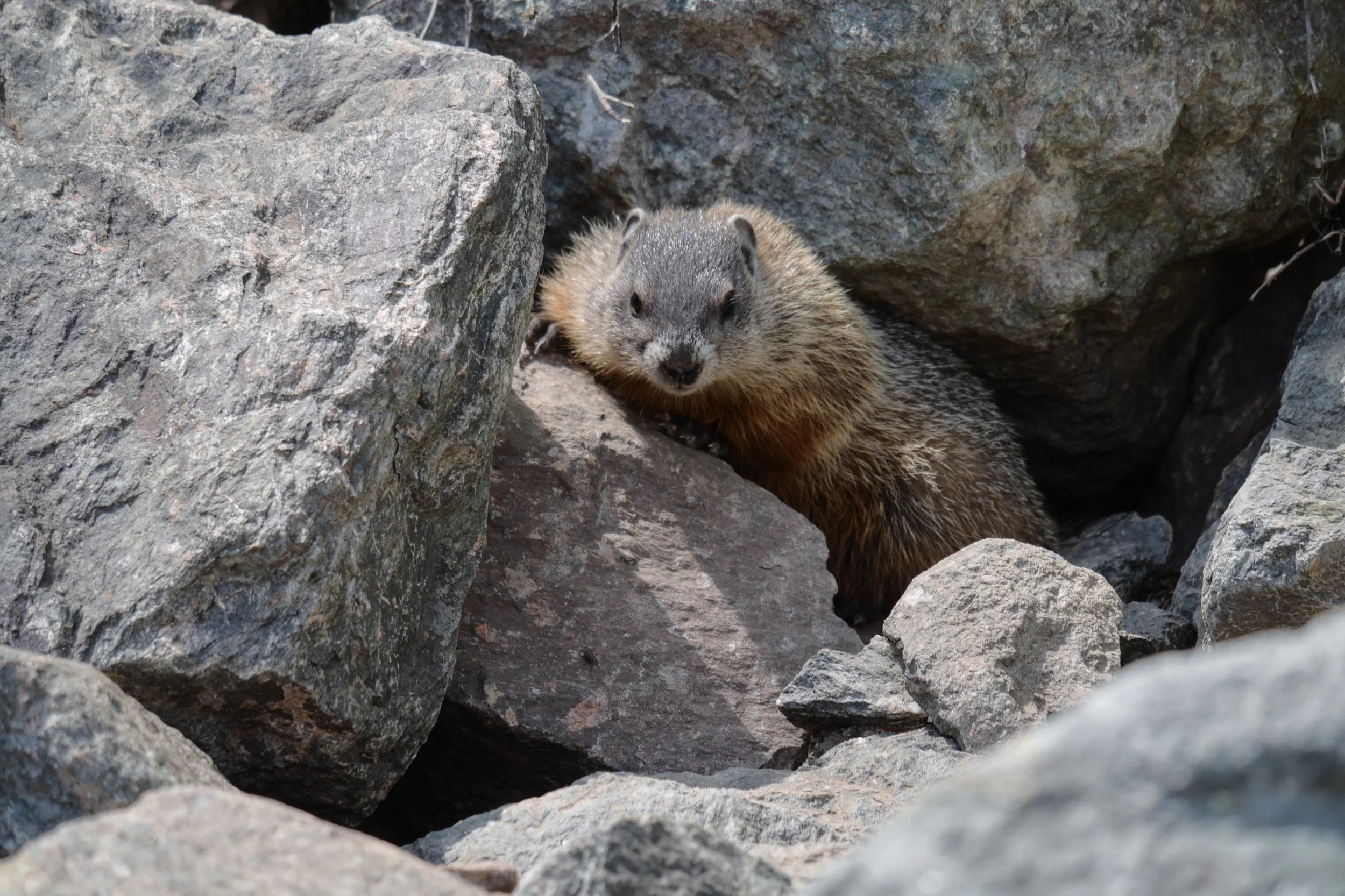St. Martins to Moncton, Sunday, 11-Jun-2023
/After leaving St. Martins, we went to Cape Enrage to look at the lighthouse and stroll along a beach with fossils. We then went to Hopewell Rocks Provincial Park and saw many sea stacks. Finally, we drove to Moncton, where we are spending the next couple of nights.
While planning the night before, we knew we would want to leave pretty early to get to Hopewell Rocks Provincial Park during low tide, between noon and 2pm. Having built in some padding, we didn't feel rushed.
Cape Enrage
To allow enough time to get to Hopewell Rocks, we planned to arrive at Cape Enrage when they opened. As it ends up, we timed it just right. After parking, the first thing we did was walk up to the lighthouse. The lighthouse itself wasn't open for visitors, but we were able to look at it from all sides. Next to the lighthouse was a fog horn with a sign warning that it was automatic and could go off at any time. Fortunately, the weather was clear.
After walking down from the lighthouse, we walked further down to Fossil Beach. When the tide is high, the water completely covers the beach. Because we were timing our Hopewell Rocks visit for low tide, the tide was already halfway out, so we were able to walk over a large portion.
There are a lot of rocks with fossils in them on the beach, but you have to search around for them. Even when you find one, it's sometimes hard to tell if the markings are due to fossils or if the rock just naturally has those markings. We did find some which we were very sure were fossils. My thought is sometime in the future, I would be looking through photos and wondering why I have so many pictures of rocks.
Hopewell Rocks Provincial Park
Hopewell Rocks Provincial Park is the most popular attraction in New Brunswick. We certainly saw a lot of people. One ranger I spoke with said that there were several thousand people per day, and the numbers would go way up during the high season.
Since we had plenty of time, the first thing we did was eat lunch at the café. After that, we headed outside to start looking around.
We were starting out at the beginning of the two-hour window for low tide, so we decided to check out the other lookout spots first. It may seem strange to have such a wide range for low tide, but when we got to Demoiselle Beach. The mud flats went out literally as far as you could see. However, the tides can range over 30 feet between high and low tide, so the water moves in very quickly.
Leaving the beach, we saw Diamond Rock (easy to tell which one it was) and Big Cove, from which we saw Diamond Rock from the other side. Walking along the path a bit more, we came to the staircase which would take us down to the sea stacks. We were able to walk pretty far, almost to Big Cove. We then worked our way back, past the staircase, and went back up at North Beach. Since we were walking in mud flats, we knew to wear our boots, and they got quite muddy. There was a basin of water and a brush when we got up to the north parking lot, so we spent some time cleaning up. When we got back to the staircase, we used the hoses to rinse off the rest of the mud.
We went back to the interpretive center to look through the exhibits, then went to the car to switch to clean and dry footwear.
It was not a very long drive to Moncton. Since it was a bit early to check into our room, we got some dessert and filled up the car. We then checked into our room, and it seems we are the only people there. After a quick trip to the grocery store to replenish our supplies and grab our dinner, we returned and were set for the night.
